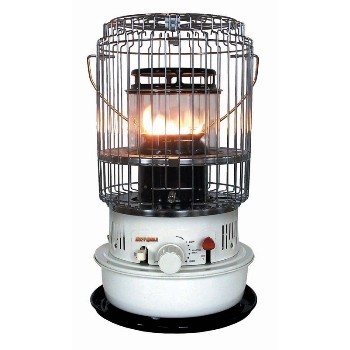Carbon Monoxide Poisoning Prevalent During Cooler Months

During this time of the year, when temperatures begin to fall, families seek alternative methods to heat their homes. Some of those methods can produce carbon monoxide (CO) often referred to as the “silent killer” due to its odorless and colorless gas. Each year, in the U.S., hundreds of people die, and thousands become ill from CO poisoning. Heating sources that produce carbon monoxide include generators, furnaces, stoves, water heaters, and fireplaces.
Symptoms of CO Poisoning
CO poisoning can be difficult to recognize since many of its symptoms mimic other illnesses. The most common symptoms of CO poisoning are headaches, dizziness, weakness, nausea, vomiting, chest pain, and confusion. People who are sleeping or intoxicated can die from CO poisoning before ever experiencing symptoms.
The Prince William County Fire and Rescue System advises residents to take the following precautions to avoid being a victim of CO poisoning:
CO Alarms
- Install CO alarms in a central location outside each sleeping area and on every level of the home and in other locations where required by applicable laws, codes, or standards. For the best protection, interconnect all CO alarms throughout the home. When one sounds, they all sound.
- Follow the manufacturer’s instructions for placement and mounting height.
- Choose a CO alarm that has the label of a recognized testing laboratory.
- Test CO alarms at least once a month; replace them according to the manufacturer’s instructions.
- If the audible trouble signal sounds, check for low batteries. If the battery is low, replace it. If it still sounds:
- Get everyone outside the home and call 911 immediately!
- If the audible trouble signal sounds, check for low batteries. If the battery is low, replace it. If it still sounds:
Heating System
Have a qualified technician annually inspect your heating system and chimneys to make sure they are operating properly and that there is nothing blocking the fumes from being vented out of the house.
Appliances
- During and after a snowstorm, make sure vents for the dryer, furnace, stove, and fireplace is clear of snow build-up.
- A generator should be used in a well-ventilated location outdoors more than 20 feet away from windows, doors, and vent openings.
- Gas or charcoal grills can produce CO — only use outside.
- DON’T use a gas oven to heat your home, even for a short period of time.
Vehicles
- If you need to warm a vehicle, remove it from the garage immediately after starting it. DO NOT run a vehicle or other fueled engine or motor indoors, even if garage doors are open.
- Make sure the exhaust pipe of a running vehicle is not covered with snow.
For more information, visit the U.S. Fire Administration usfa.fema.gov, the Consumer Product Safety Commission (CPSC) cpsc.gov, and the Center for Disease Control and Prevention cdc.gov.
For additional safety tips on various hazards and disasters, visit www.pwcgov.org/ready.
Follow us on Facebook at www.facebook.com/PWCFireRescue
and X (Twitter) www.twitter.com/PWCFireRescue.